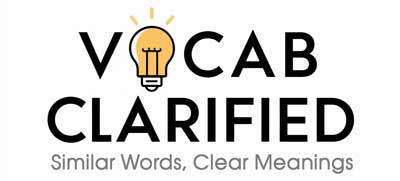Imagine you’re writing a recipe or describing the flow of a river, and you come across the words “current” and “currant.” These two words sound almost identical but have entirely different meanings, leading to frequent mix-ups.
In this article, we’ll explore the differences, definitions, and contexts in which each term is used to help you confidently choose the right word.
Understanding Current And Currant
Current: Definition and Usage
Current is a term commonly used in several contexts, primarily referring to the flow or movement of something, such as water, electricity, or even time. It describes the ongoing or present state of an object or situation.
The word “current” is often used to convey something that is happening right now or the direction in which something is moving.
For example:
- In a river, the current is the flow of water in a specific direction.
- The current trends in technology highlight the rapid advancement of artificial intelligence.
Currant: Definition and Usage
On the other hand, currant refers to a small dried fruit, typically black, red, or white, derived from certain types of grapes.
Currants are often used in cooking and baking, adding a sweet and tangy flavor to various dishes. This word is less commonly used than “current” but is well-known in culinary contexts.
For instance:
- A popular recipe for scones often includes dried currants for added sweetness.
- Currants are also used in making jams, adding richness and flavor.
Side-by-Side Comparison
To further clarify the differences and help you decide which to use, here’s a side-by-side comparison:
| Aspect | Current | Currant |
| Definition | The flow or ongoing state of something, often in reference to water, electricity, or time. | A small dried fruit used in cooking and baking. |
| Common Usage | “The current of the river was too strong to swim against.” | “She added currants to the cake batter for extra sweetness.” |
| Key Differences | Describes movement, flow, or the present time. | Refers to a type of fruit used in culinary contexts. |
When deciding between “current” and “currant,” consider the context. If you’re discussing something flowing or happening now, “current” is the correct term.
However, if you’re referring to the small fruit often found in recipes, “currant” is the word you need.
Everyday Usage Examples
Here are some examples to illustrate how “current” and “currant” fit into everyday language:
- Current: The current in the ocean can be dangerous for inexperienced swimmers.
- Currant: The recipe calls for a handful of currants to be mixed into the dough.
- Current: She is up-to-date with the current news and events.
- Currant: Currant jelly is a traditional accompaniment to roasted meats.
- Current: The electrical current running through the wire is measured in amperes.
- Currant: Red currants are often used to garnish desserts due to their vibrant color.
Conclusion
Understanding the difference between “current” and “currant” is essential for clear communication, whether you’re discussing the flow of water or a key ingredient in your favorite recipe. “Current” refers to something flowing or happening in the present, while “currant” is a type of fruit often used in cooking.
By recognizing the context in which these words are used, you can avoid common mistakes and use the correct term with confidence.

